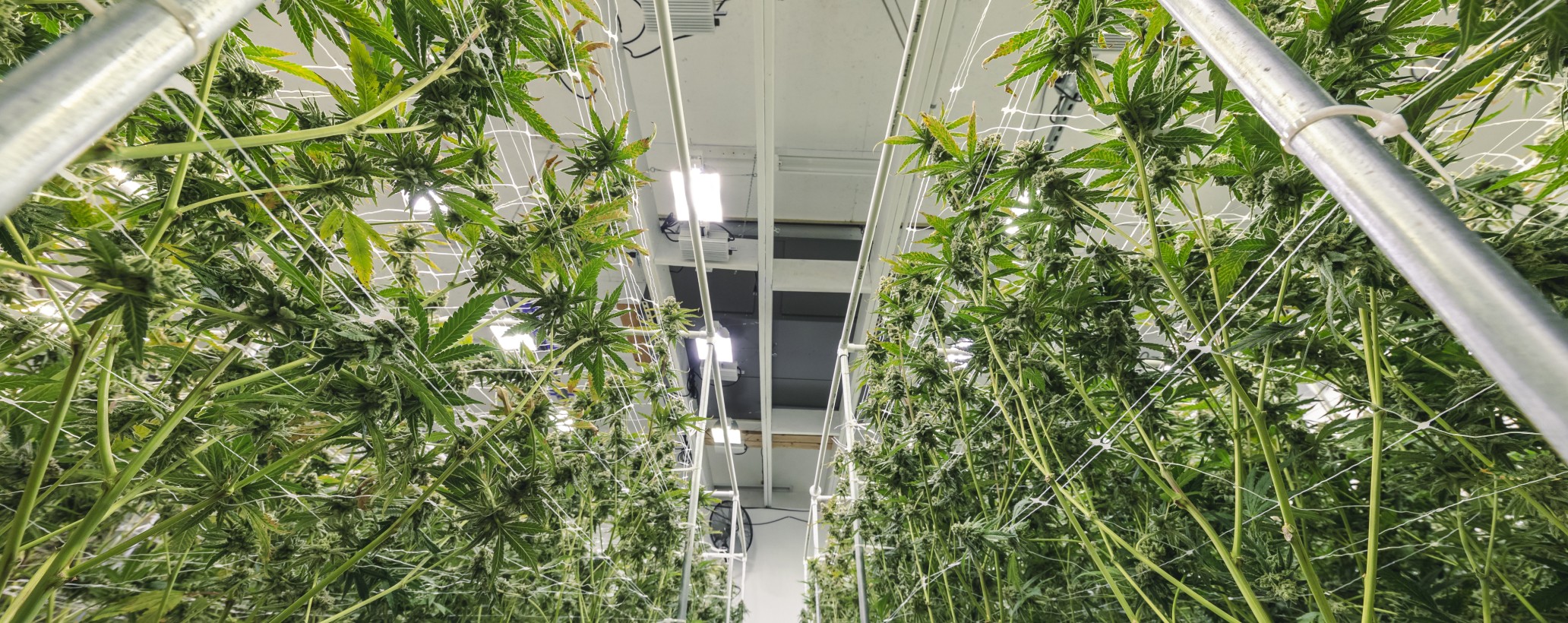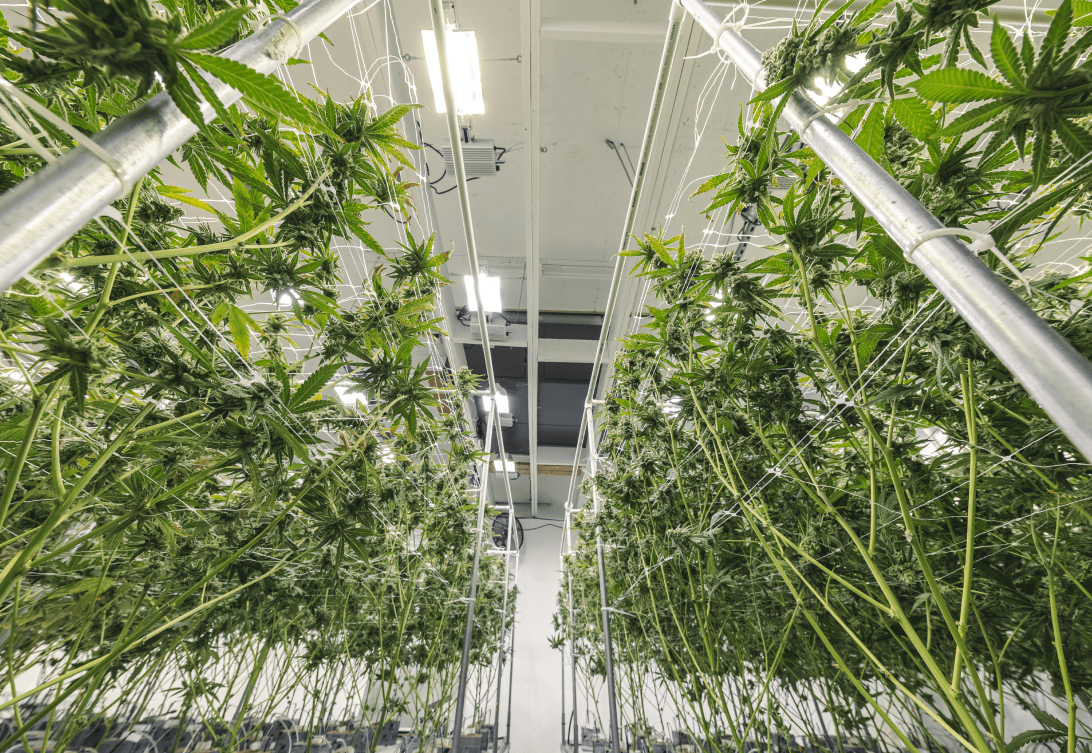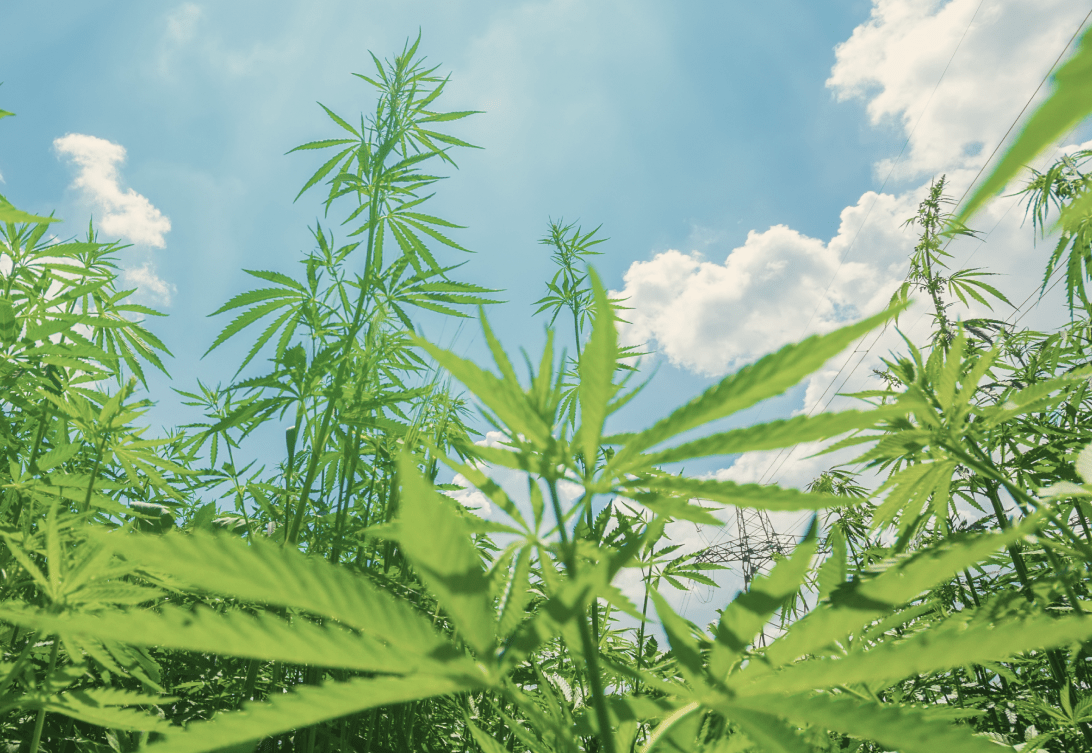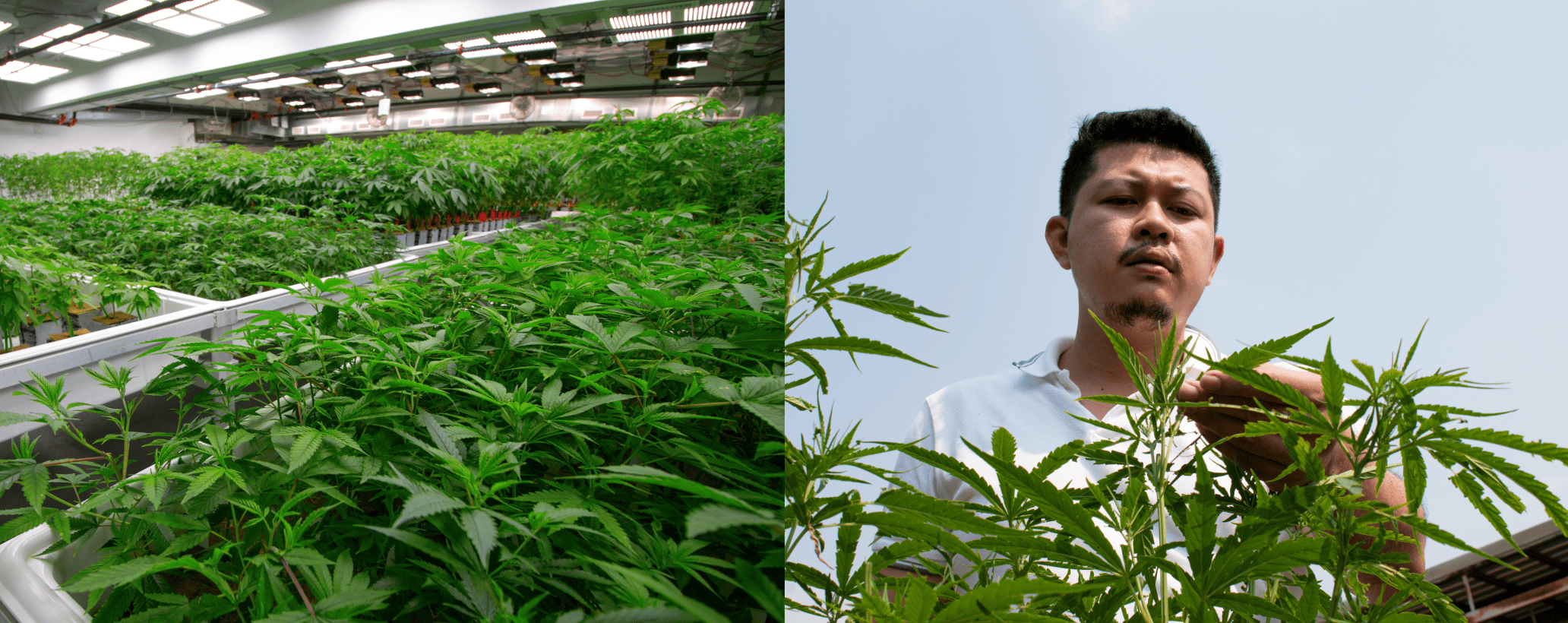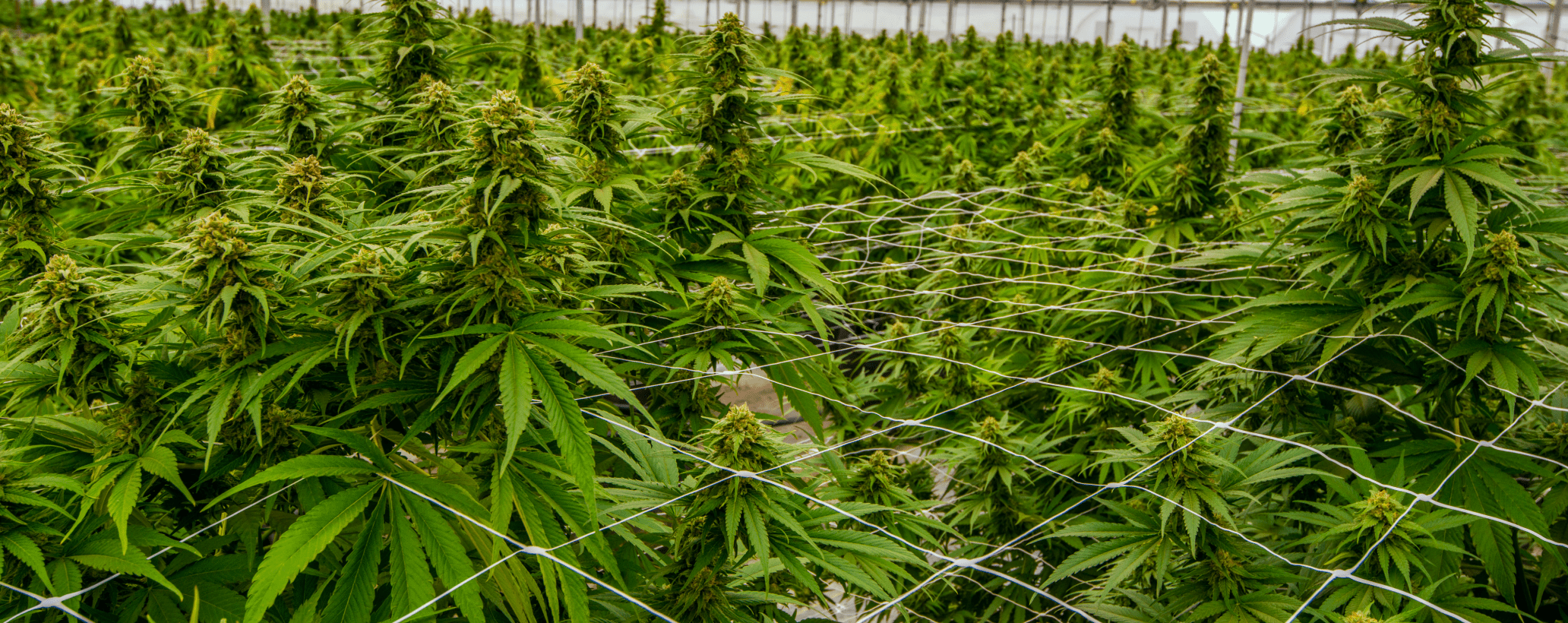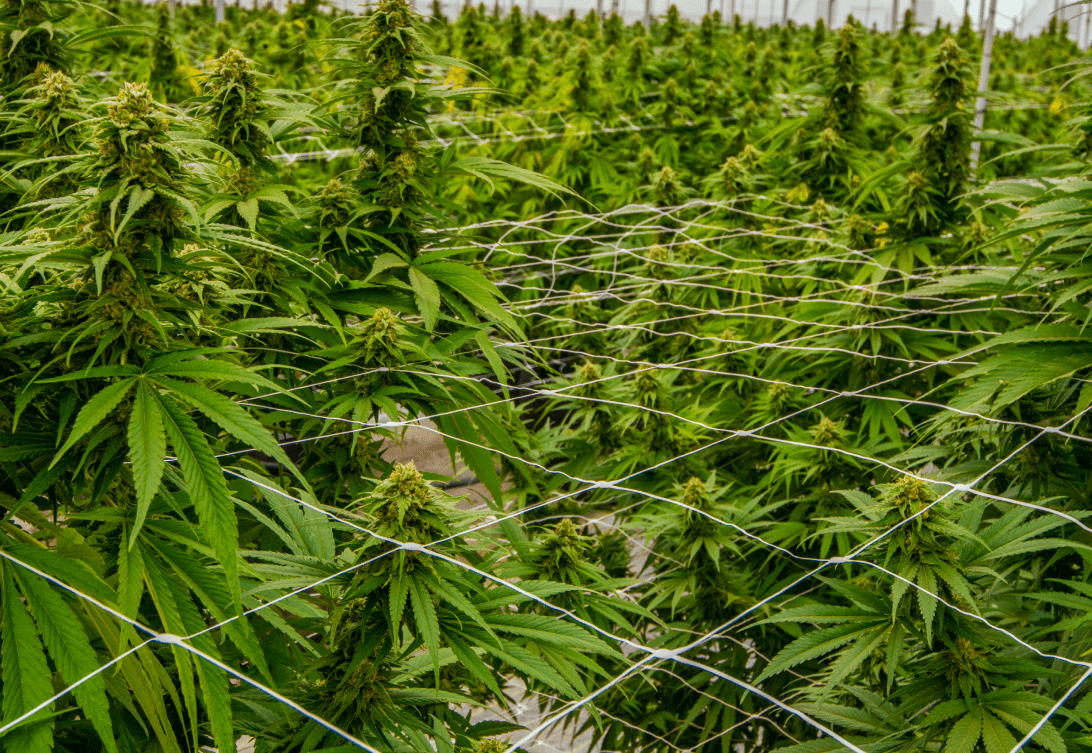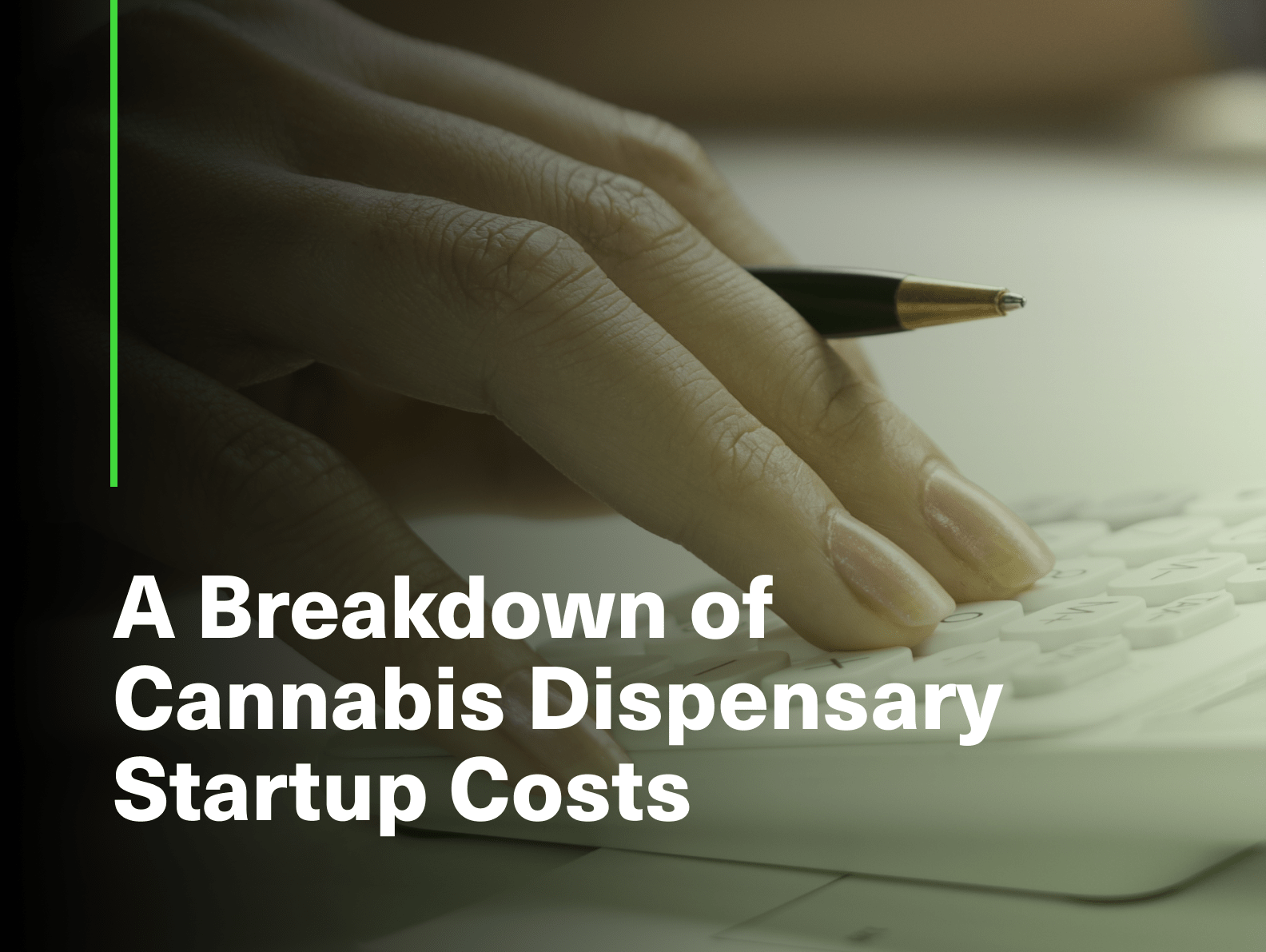Do you have a passion for cannabis? Do you have green dreams to become a profitable licensed cannabis operator? Considering entering the cannabis cultivation side of the supply chain? You’re in the right place. But before you dive into the market of legalized marijuana, it’s important that you have a thorough understanding of the types of cultivation licenses and the costs associated with starting your cannabis cultivation business.
Cannabis cultivation license requirements vary by state and regulatory requirements may change at any time. In California, for example, your cultivation license types and costs will vary based on the size of your growing area and type of lighting used, with additional licenses needed for nursery operations or drying, harvesting, and processing. In the highly-regulated (yet also highly-lucrative) cannabis cultivation industry, it’s important to stay on top the cultivation licensing requirements and renewals. We’re here to break down the most important details of each license type to set you up for success before the first seed is sown.
Defining a Cannabis Cultivation Business
When people hear the term “cannabis cultivation” they may see it as just growing plants—a simple weed farmer, if you will. And while that may be true for the population of at-home growers, stepping into the commercial market of cannabis cultivation is more complex and nuanced. It is a market where quality matters most. Cultivation is both an art and a science—combining the need for technical knowledge of cannabis varieties and genetics, and the talent that comes with the experience of becoming (or hiring) a master grower.
Before you make any major decisions in your cultivation business model it’s important to identify three key things upfront:
In our experience, this should be one of your first decisions and will help you draw a more clearly-defined roadmap of your cannabis cultivation business. Who you want to sell your cannabis products to will affect HOW you can grow your products. Customers (whether they’re other cultivators, dispensaries, or end users) care about the types of cultivation methods you use and whether your product is grown indoors, outdoors, or in mixed-light. Understanding who you want to sell to and what their product requirements are will directly impact the setup of your cannabis cultivation business.
It’s easy to reduce the cannabis cultivation industry to just selling flowers or plants to manufacturers for production. There are actually several different revenue sources that are potentially available to you, whether your business is just the nursery growing operation or a full-scale cultivation practice. It’s important to consider whether you want to be licensed to:
Identifying if your products will affect whether you need cannabis licensing to operate as just a nursery or as a full cannabis cultivator operation.
Cannabis Operation Location
If you don’t yet have a property, the decisions you make in the above two points will affect the size and area in which you want your cannabis nursery or cultivation business to begin. Conversely, if you already have the property and just need to figure out the business, the specific attributes of the land will affect what you can grow and how you want to grow it.
For example:
Licenses Requirements for a Cannabis Nursery Operation
A cannabis nursery can be licensed as part of a cannabis cultivation business, or operate as its own stand-alone entity. In our experience, a well-branded cannabis nursery operation can be a successful and lucrative way to enter the cannabis cultivation industry with a smaller initial investment requirement. An indoor nursery with a 6,000 square foot facility can reasonably expect a revenue stream of $1.8M to $4.5M annually, based on market demand, product type, and competition.
In California, there is a specific Nursery License for cultivators who only plan to grow and sell seeds or other propagation materials, clones, and immature plants. Of the cannabis cultivation licenses, a cannabis Nursery License is quite straight-forward, with the application and license fees typically costing around $5,000.
Unfortunately, you may find with some other states that the licensure requirements for cannabis cultivation, particularly the nursery piece, are still being decided upon by both local and state government officials. If you’re in a state that is newer to the cannabis legalization process, it’s imperative to stay abreast of these regulations and plan ahead for potential changes.
A cannabis nursery operation with unique strain types and consistent, reliable quality, can be a more accessible way to enter the industry. Bear in mind, thought the cannabis license cost mentioned above is only a small piece of the financial pie needed to launch your nursery operation. Land cost, equipment, and skilled labor are important cost considerations to keep in mind while fully exploring this business option.
License Requirements for a Full Cannabis Cultivation Practice
This is where cannabis cultivation licensing requirements get more complicated and layered. A cannabis cultivation business may feature various stages of plant growth and product development, multiple customer channels, and different growing techniques. We’ll break down the three types of cultivation businesses with their benefits, special considerations, and the special cultivation licenses they may require.
Outdoor cultivation is ideal for rural areas with a more consistent climate. It has the lowest per-pound production cost and typically few facility costs, besides the potential to add a nursery. Outdoor cultivation requires good soil and a solid knowledge of plant genetics to be successful. Mature plants produced from outdoor cultivation may be ideal for the cannabis concentration industry.
Outdoor cultivation licenses can vary widely, but are typically the lowest-cost license types as a cannabis cultivator. For example, California’s Department of Cannabis Control (DCC), classifies their outdoor cultivation licenses by the number of plants (for cottage or small-scale operations) or square footage of canopy. Their Small Outdoor license covers operations with 5,001 to 10,000 square feet of canopy while the Medium Outdoor license covers operations from 10,001 to 1 acre of canopy for growing. The fees range from just over $5,000 for a small outdoor license to just under $16,000 for a medium outdoor license, both of which are in sharp contrast to the next two cultivation licensure types.
Mixed-light cultivation brings with it several benefits that you don’t find with outdoor cultivation, however it also carries significantly more licensing and operational expenses. Not only does mix-light cultivation require the use of a structure and the equipment for climate-controlled growing, it typically comes with an added challenge. Because facilities with an outdoor component are often in more rural areas, developing a mix-light cultivation facility may require the additional hurdle of figuring out how to bring power to your facility if power has not already been established.
Within California’s licensing for mix-light cultivation, the licenses are divided down further into two tiers:
Are limited to a maximum of 6 watts per square foot of cultivation. This tier is for cultivators interested in cloning and vegetation only. The limited light use does not allow for the cultivation of a mature canopy and typically only results in 2-3 harvests per year. License and application fees in California range from approximately $13,000-$29,000.
Allow for a maximum of 25 watts per square foot of cultivation. It includes the cannabis cloning and vegetation growing possibilities of Tier 1, with the added ability for a mature canopy. Tier 2 Licenses are worth the additional expenditure as they can result in 5-6 harvests per year, double the average Tier 1 production. License and application fees in California range from approximately $22,000 to nearly $50,000.
The benefits of mixed-light cannabis cultivation licensing are that you get best of both indoor and outdoor growing—climate and contaminate-controlled greenhouse growing, plus strong root systems and plant varietals that thrive outdoors in sunlight. Mix-light cultivation can produce a better-quality product with year-round harvest capabilities.
Indoor cannabis cultivation is the most high-cost growing method of the three options and is done entirely with artificial light. Indoor cultivation operations are typically located within warehouses in urban areas, with access to electricity and closer proximity to potential customers. The ability to control more environmental factors results in a higher cost per pound to grow cannabis, however it also yields potentially better quality and can produce premium looking and smelling flowers. Indoor cultivation also allows for year-round harvest.
However, as most indoor cultivation operations are in more densely-populated areas, the local restrictions may be as stringent or more stringent than the state level, and must be budgeted for appropriately. California’s indoor cultivation license and applications range from almost $40,000-$87,000.
Important Considerations in Cultivation
It has been our experience in the cultivation section of the supply chain, that it is more challenging to start small. Smaller operations have a higher production cost per pound and will struggle to compete with the more efficient and cost-effective larger options. If you’re considering a small growth facility, it’s important to consider structuring your business to be more vertically integrated in the supply chain.
Another important factor to consider is that 2023 launches the start of California’s new Type 5 Large-scale cultivation licenses. These mega farms will put even more pressure on the small and medium-sized cannabis cultivation operations and cultivators should prepare appropriately for this change in the market. For many new operators, our recommendation when it comes to building a successful cannabis cultivation business is to obtain the licensing as a Tier 2 mixed-light license with at least 10,000 square feet of production, or have a minimum of ½ acre for outdoor cultivation.
Anticipating Growth and Changing Licensing Requirements
In nearly every business, growth is the goal, and cannabis cultivation is no exception. We advise our clients to prepare for today but prepare to scale up in the future with this rapidly-growing industry. Plan for potential expansion from the start and discover the best land-use and setup to accommodate the growth. Also be aware that with your cannabis operation’s growth, with come the need for new license requirements that are in line with the size of your growth canopy and growing practices.
Those who succeed in this industry are the ones that are hungry for knowledge and always on the lookout for untapped potential or underserved markets. Our BeGreenLegal Academy is set up to provide you with self-paced courses that cover the cannabis supply chain, cultivation considerations, and many more industry insights, based on our combined decades of expertise in the cannabis market. Doing your research on the front-end and working with strategic guides who have been there, will fast-track you closer to achieving your green goals.

